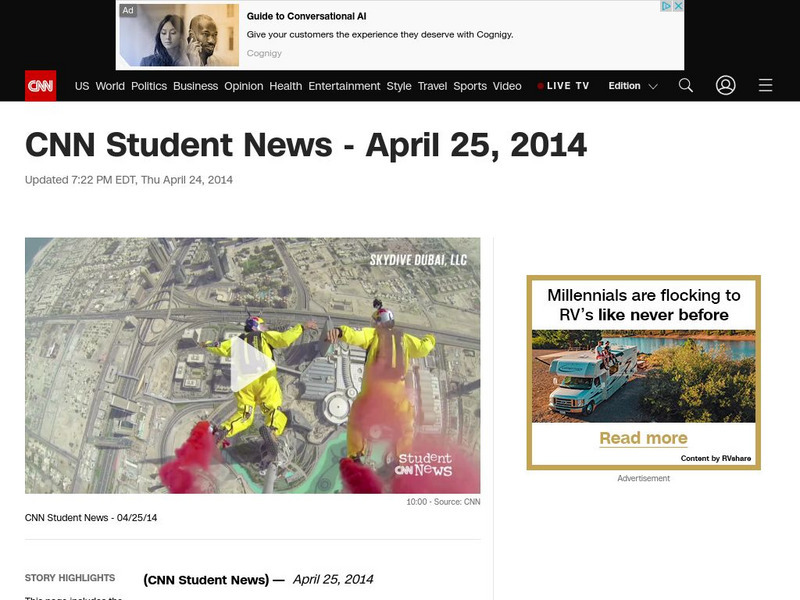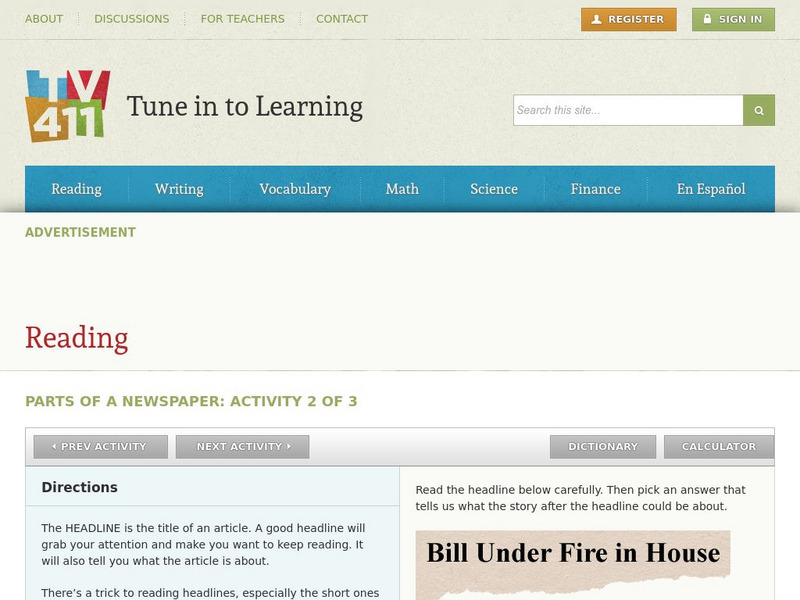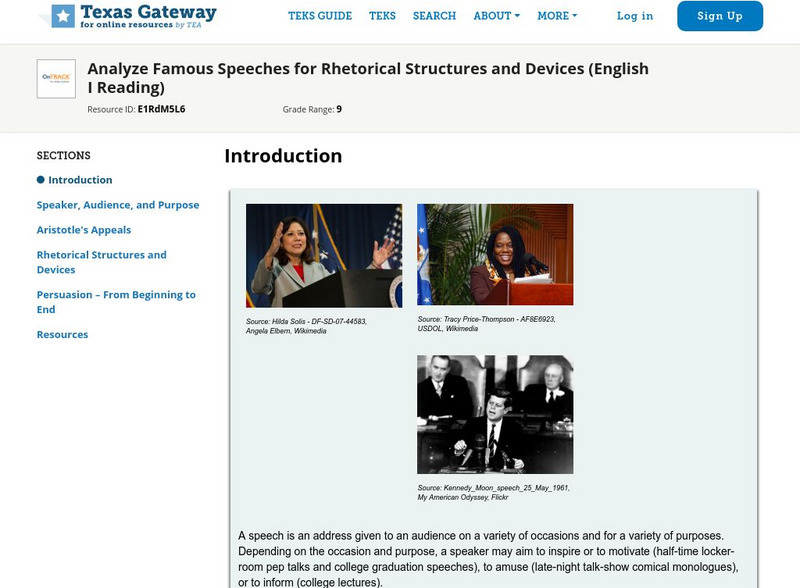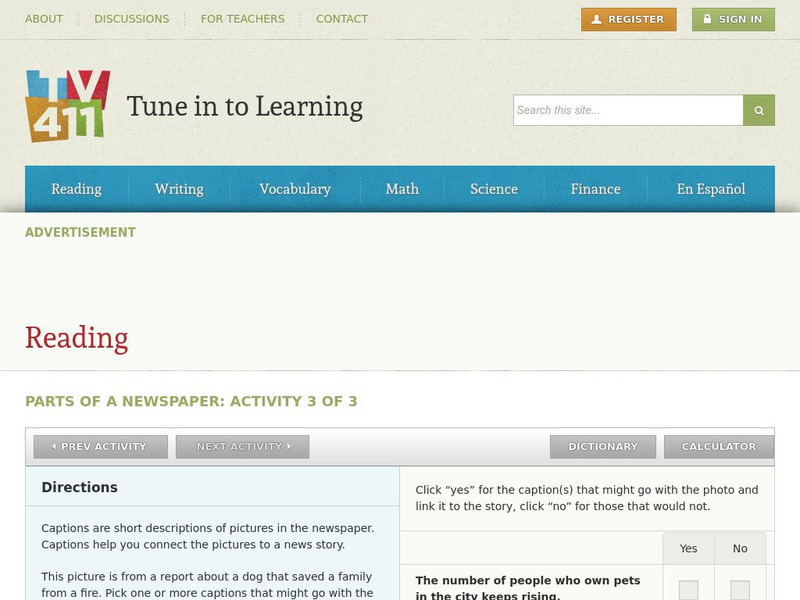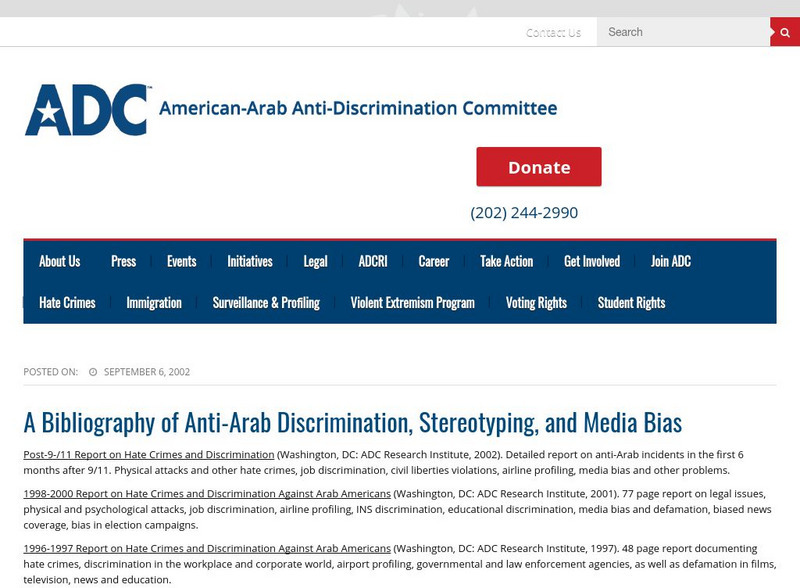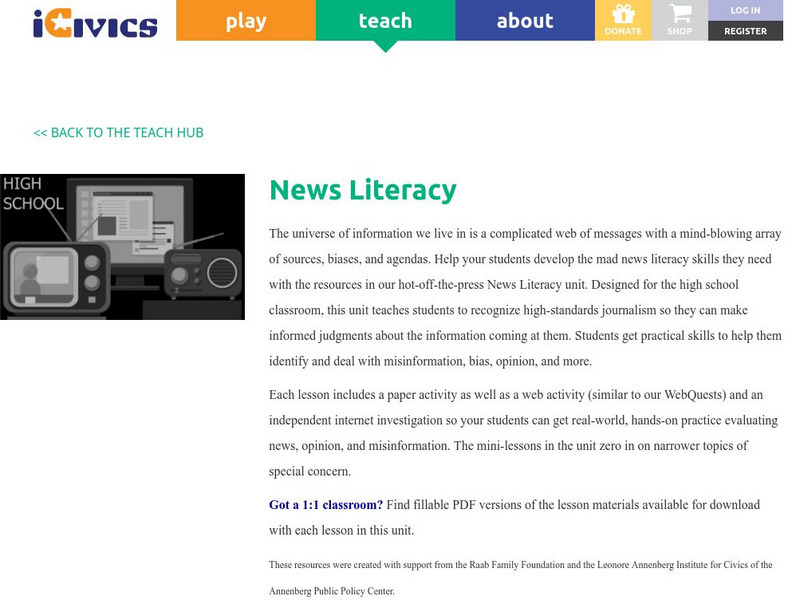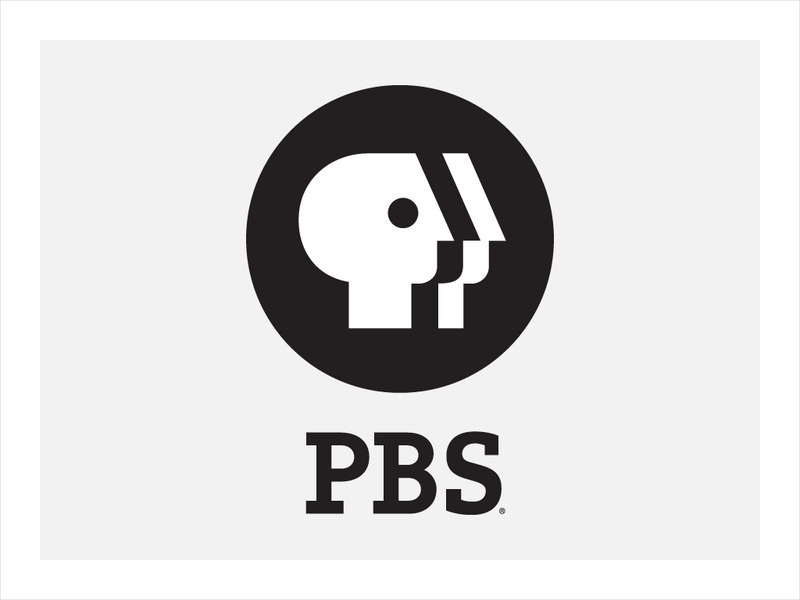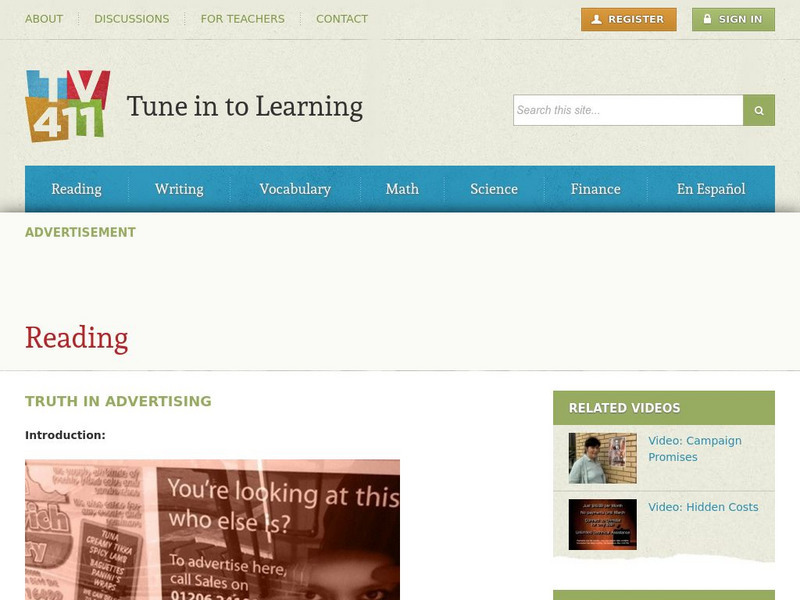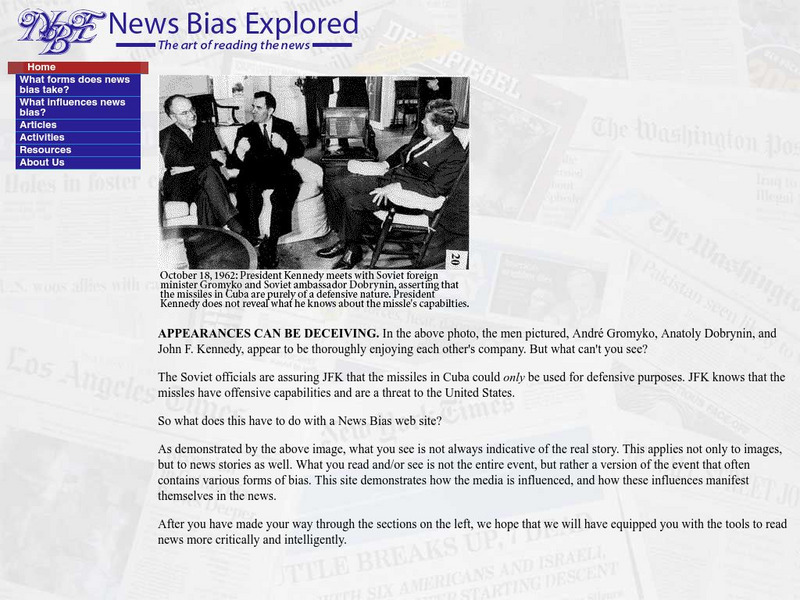CNN
Cnn: Student News April 25, 2014
News program reports on the current events of the day. Includes a video, transcript and critical analysis questions.
Other
Media Education Lab: Assignment: Media Literacy: Secondary School
A well-done set of units that helps teachers teach the importance of media literacy to their learners. Click on Secondary School Introduction to see a video of teachers in the classroom instructing students in ways of using and...
Sophia Learning
Sophia: Politics and Media 4: Message War
Through a variety of resources and external links, students gain an understanding of the language of political ads.
Boston University
How to Conduct a Multi Ethnic Team Reporting Project
This site offers a phenomenal plan for assembling a culturally diverse journalism team to work on a story (or series of stories) of social significance. This extensive guideline provides step by step instructions. (Note: some links may...
Sophia Learning
Sophia: 5 Core Concepts of Media Literacy
In this lesson, students will engage in multiple parts of a lesson that guide students to uncover many levels of meaning in media messages. Discussion questions and a slideshow presentation are parts of the lesson that address the...
International Reading Association
Reading Online: Classroom Strategies for Exploring Authenticity in the Media
Four innovative classroom activities that actively engage students in analyzing and criticizing media messages. SL.11-12.2 Eval&Integrate sources
Education Development Center
Tv411: Reading: Parts of a Newspaper: Activity 2 of 3
This newspaper activity requires students to read eight headlines and then select what each would be about from the options given. When answers are submitted, an explanation is also given.
Other
Academia.edu: Teaching Media Savvy Students About the Popular Media
In order to teach critical viewing skills, it is essential that educators understand what their students already know and understand about popular media. CCSS.ELA-Literacy.CCRA.SL.2
Texas Education Agency
Texas Gateway: Analyze Famous Speeches for Rhetorical Structures and Devices
In this instructional activity, you will learn to analyze persuasive speeches and examine the impact of rhetorical structure and the use of devices in famous speeches. It includes activities such as matching quotes from famous speeches...
Education Development Center
Tv411: Reading: Parts of a Newspaper: Activity 3 of 3
This newspaper activity is to look at the pictures provided, read what the stories are about, and select captions that would fit both the stories and the pictures.
Other
Anti Discrimination Committee: Bibliography of Media Bias
This is an online bibliography of works dealing with Anti-Arab discrimination, stereotyping, and media bias. It includes government reports and ADC reports as well as scholarly works.
Texas Education Agency
Texas Gateway: Evaluate Tone in Various Media for Audiences and Purposes
This lesson features several weather videos, both real and created, to help students understand how information and the tone changes based on the audiences and the purposes for the presentation.
Texas Education Agency
Texas Gateway: Evaluating and Interpreting Media
[Accessible by TX Educators. Free Registration/Login Required] When people talk about media literacy, they are talking about learning to understand what these messages really mean. This lesson will help you take a closer look at a few...
PBS
Pbs: Empire of the Air: Power and Impact of Radio
Learners will listen to historic news events as broadcast on radio, view current news coverage on television, and compare and contrast how those events were reported on both media by developing an essay which addresses the question "Is...
iCivics
I Civics: Media and Influence
In this library of mini-lessons, students will learn about sources of influence on our society and our government such as the media and special interest groups.
iCivics
I Civics: News Literacy
Use this library of mini-lessons to teach students to recognize high-standards journalism so they can make informed judgments about the information coming at them and to help them identify and deal with misinformation, bias, opinion, and...
PBS
Pbs: Don't Buy It Get Media Smart
PBS provides resources to help teachers encourage media literacy. Access, evaluate, and analyze electronic and print media. Dissect pop culture and advertisements. Use the Get Media Smart Resources to uncover advertising tricks, make...
Other
History of Alternative Journalism in 20th Century
This site contains a timeline of the history of alternative journalism beginning in 1900. Includes description & brief discusses of various alternative publications.
PBS
Pbs Learning Media: News and Media Literacy
This collection, which includes videos, blog articles, student handouts, lesson plans, and tip sheets for families, helps students identify, analyze, and investigate the news and information they get from online sources. Media literacy...
PBS
Pbs Learning Media: News and Media Literacy Collection
This collection, which includes videos, blog articles, student handouts, lesson plans, and tip sheets for families, helps students identify, analyze, and investigate the news and information they get from online sources. Media literacy...
PBS
Pbs Learning Media: Literacy
Multiple resources such as videos and interactive games from Sesame Street that can be used to build literacy skills.
Thinkport Education
Thinkport: Democratic Processes
In this activity, students write informative/explanatory texts describing various aspects of the political process in the United States. This self-paced module is aligned to College and Career Ready Standards for Literacy in Social...
Education Development Center
Tune in to Learning: Truth in Advertising
Interactive lesson and activities for learning to look critically at the persuasive techniques of advertisements promoting political candidates and products.
University of Michigan
News Bias Explored: The Art of Reading the News
Real-life examples, interactive headline and image games and brief explanations make this an attractive site for learning to recognize media bias.


